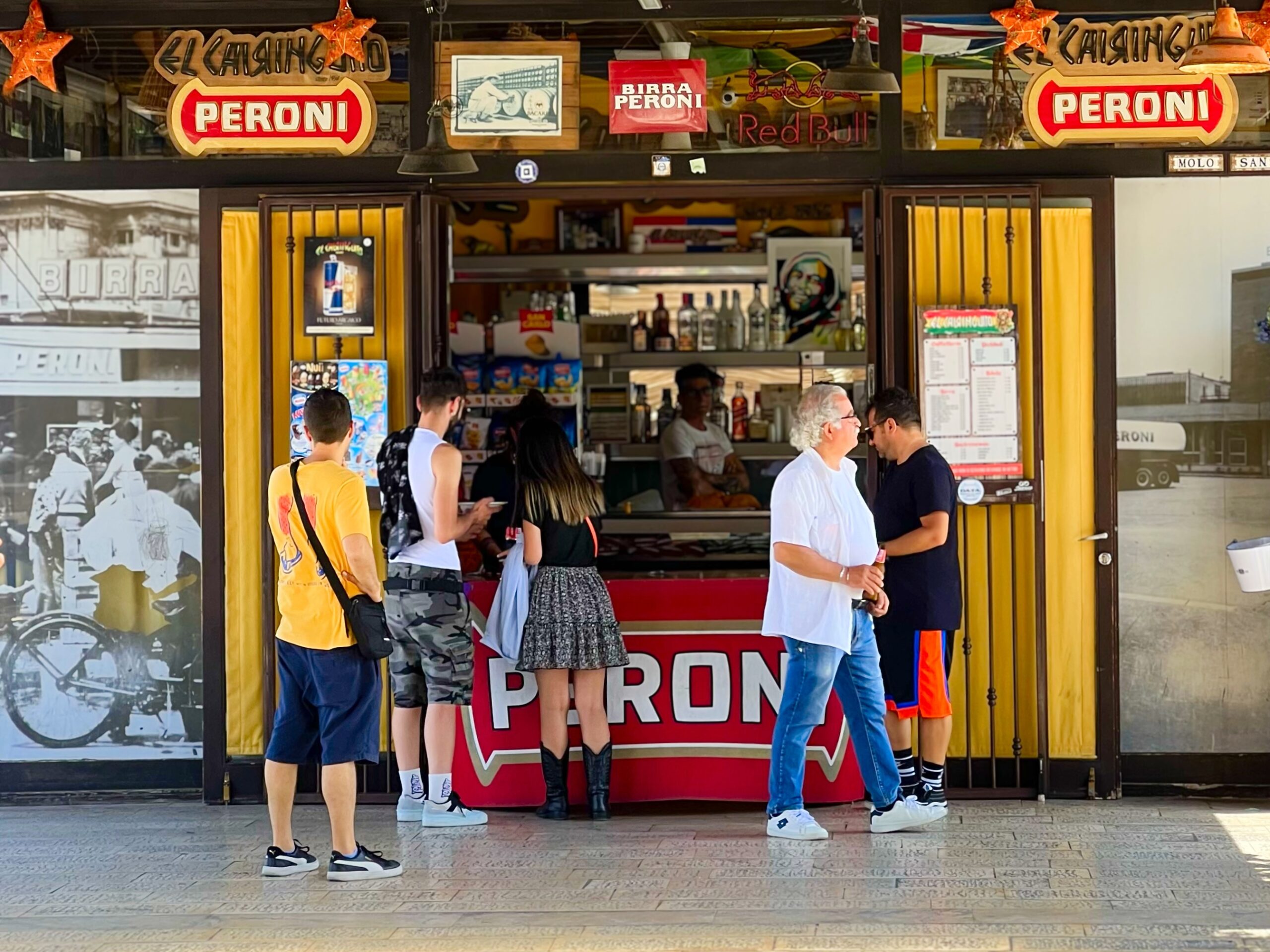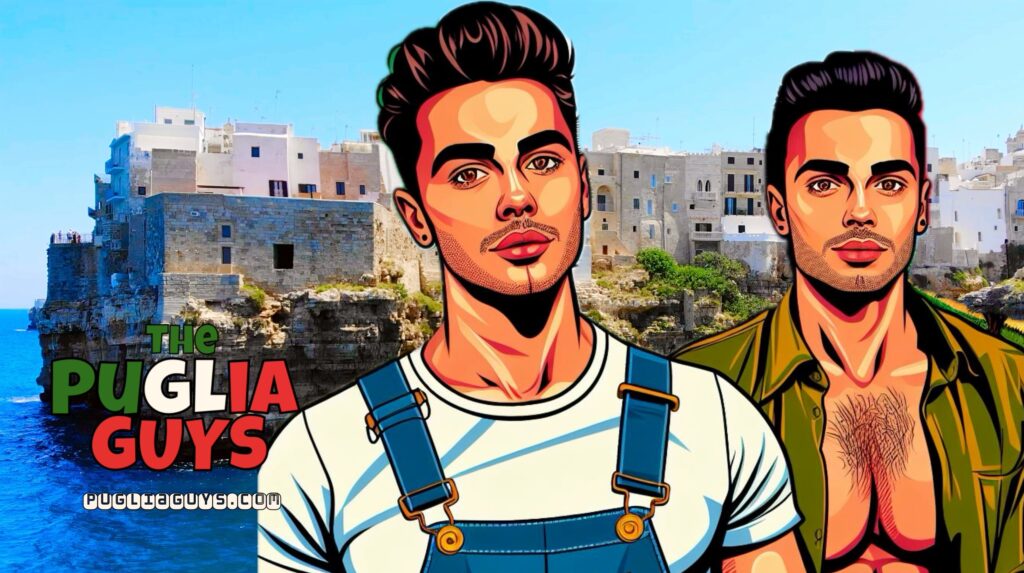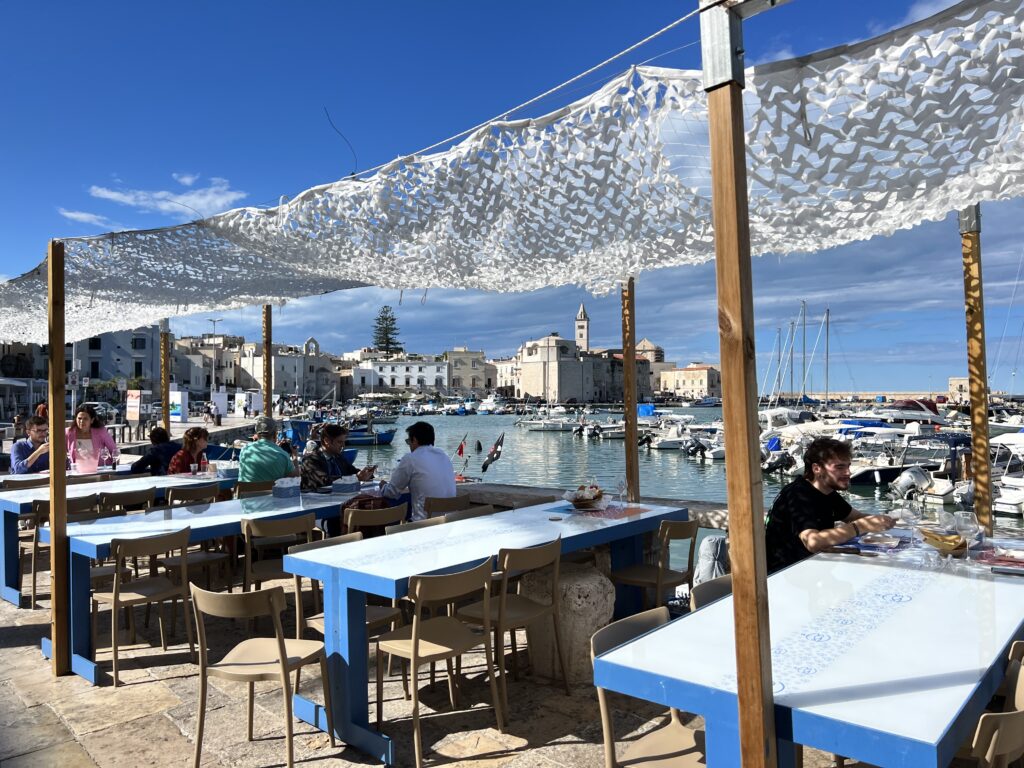Not so long ago, Bari was a stopover. A transport hub that people passed through on their way to better-known parts of Puglia. Tourists transited Bari and moved on, without taking time to explore what was an unloved city – its centro storico old town considered a ‘no-go’ area.
But that changed. Building on its historic foundations as a destination for pilgrims, Bari has become an established modern city break destination, the old town’s reputation restored as one of Italy’s top foodie hubs. From January to mid-April 2025, tourist numbers jumped by 34% compared to the same period last year.
And it’s all about to change again.
From 3 June 2025, Bari will have a direct air link to New York thanks to new weekly flights operated by Neos. It’s the first time Puglia has ever had a direct connection to the United States. And for a region that’s long been overlooked, often typecast as Italy’s sleepy, sun-drenched south, this feels big. Monumental, even.
But what does it actually mean?
Update October 2025: Starting May 1 2026, United Airlines plans to fly from its hub at Newark Liberty International Airport in New Jersey to Bari, Puglia.
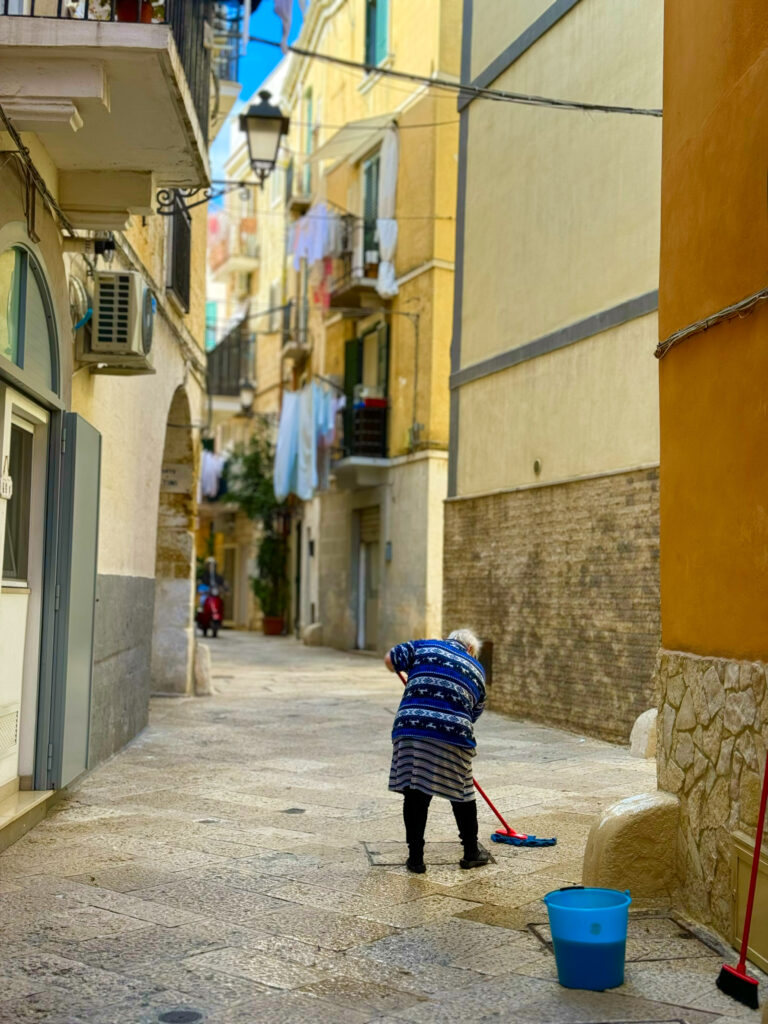
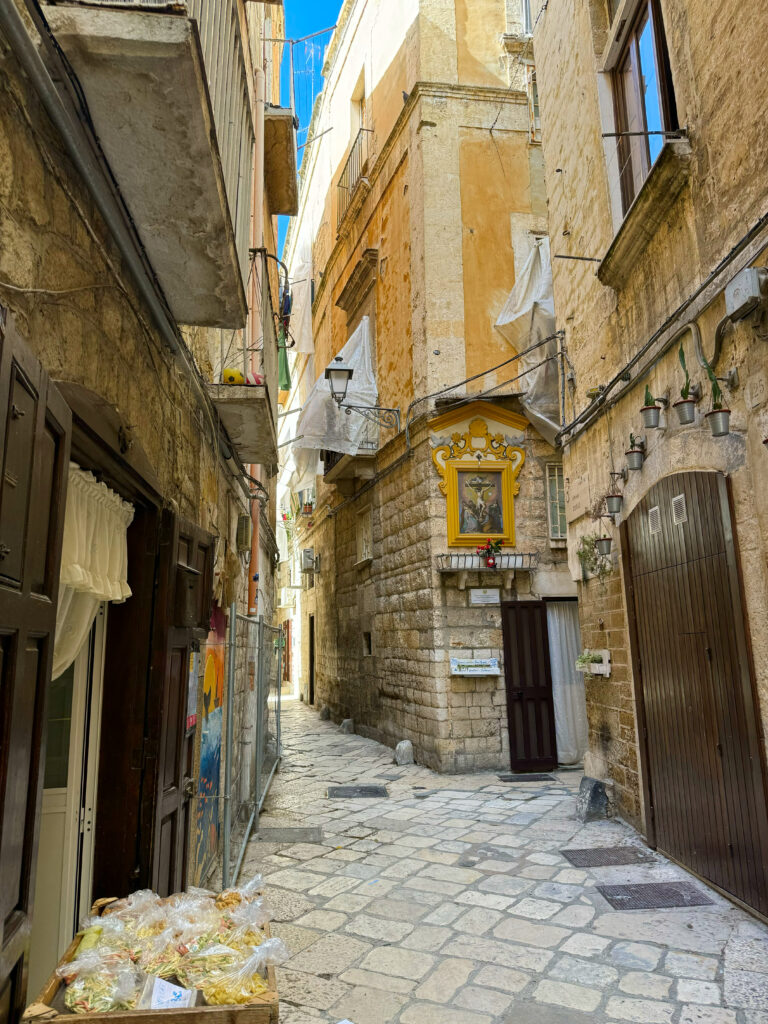
A Skybridge to the World
Puglia is certainly having its moment. Long loved by Italians and Europeans for its beaches, food, and timeless rhythms, this region of southern Italy is now being discovered by a growing wave of American travellers, attracted by its “authenticity,” slow pace and Mediterranean beauty.
It was Antonio Maria Vasile, President of Aeroporti di Puglia, who convinced airlines that Bari could be more than a domestic hub. In an interview with the New York Times, he gave some fascinating insight: “We don’t want to be relegated to the South.”
His vision of connecting Bari to the world is not just about tourism (although tourism is obviously part of it). It’s about visibility, pride, and opportunity. For decades, travellers have flown into Rome, Milan or Venice and maybe – maybe – made their way south. Now, for the first time, they can fly direct.
Bari: Not Rome, Not Florence, Not Venice (And That’s a Good Thing)
Let’s be honest – the “holy trinity” of Rome, Florence and Venice are crowded, expensive, and buckling under the weight of overtourism. Bari, by contrast, is still finding its way. It’s rediscovering itself after decades of neglect, and that freshness is part of its appeal.
As our regional capital with over 330,000 residents, Bari has a strong local identity, great food, good rail and motorway links, and a historic centre that doesn’t feel like it’s been airbrushed for Instagram. It’s still real. Still lived-in. Still local.
In the old town – Bari Vecchia – daily life continues as it always has. The majority of its residents have lived there for generations, and their traditions have never changed. Front doors open into the cool shadows of the narrow alleyways, the smell of food being prepared and the sound of families eating together float in the background, while laundry hangs from balconies to dry in the lazy afternoon heat.
Walking through the alleys, you’ll see people cooking behind open doorways, neighbours chatting in front of their homes, and residents stopping by small neighbourhood bakers, grocers and butchers.
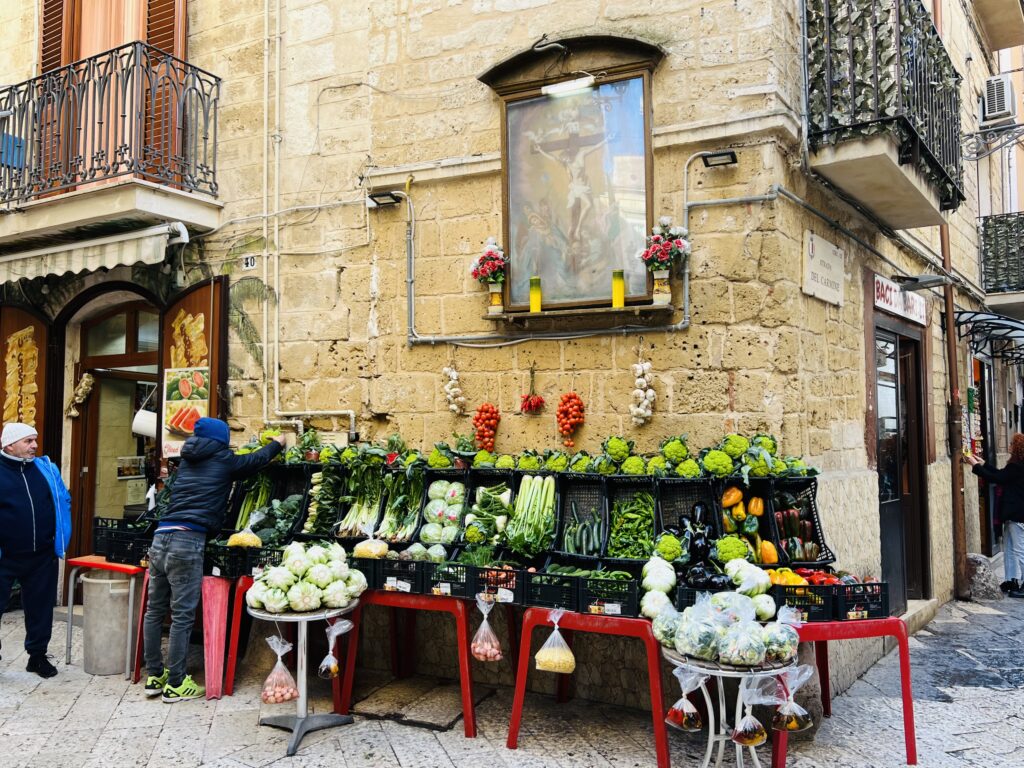
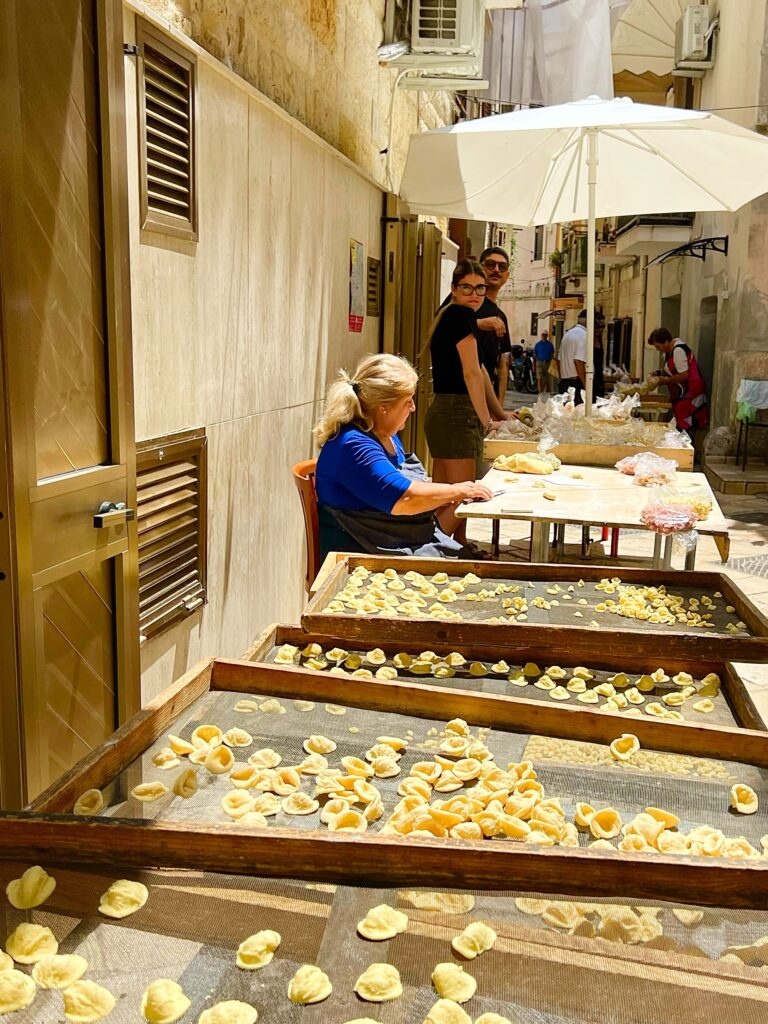
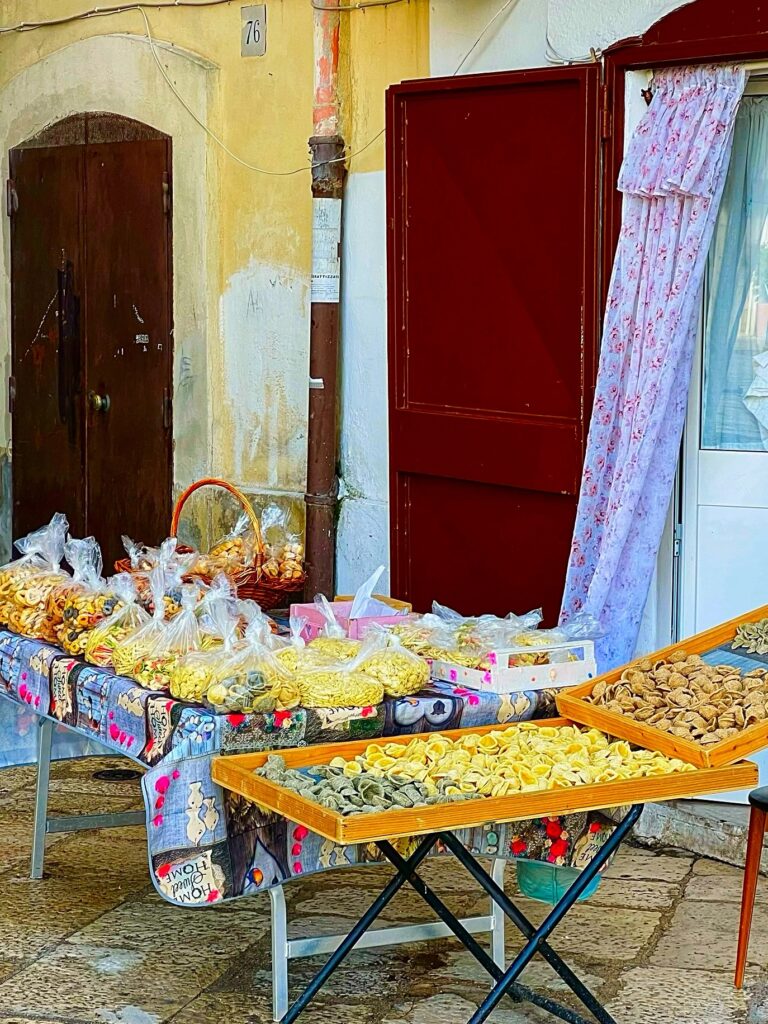
You can join a walking tour in Bari Vecchia that winds past the Basilica of San Nicola, where relics draw pilgrims from both Catholic and Orthodox traditions. You’ll see the local nonnas making orecchiette by hand in narrow alleyways.
But behind the romance lies a more complicated reality. Last year “Orecchiette Gate” was big news in Bari. Fake pasta grannies on the streets of Bari Vecchia (four of whom were each fined €5,000) selling industrial pasta as “homemade”. The fine line between real life and staged authenticity is already being tested.
And that’s the challenge: how does Bari grow without selling out?
Growth Comes with Growing Pains
The city’s popularity is rising fast. But with that comes pressure: on housing, on infrastructure, on the people who live here year-round.
Like Venice, Bari is now facing issues with malamovida – nightlife turned nuisance. During the San Nicola festivities, residents were seen throwing water from balconies onto late-night revellers. In April a tourist was attacked, and in October 2024 visitors had eggs, water and bottles filled with urine thrown at them by local youths.
And like Rome or Florence, Bari risks becoming a place young people leave, not live in. Locals already speak of rising rents, a shortage of affordable flats, and a lack of investment in public transport. Looking around – as in many of Puglia’s other popular destinations – when old town properties change hands, they are often renovated as case vacanza, short-term holiday rentals.
If tourism is going to benefit the city, it needs to be inclusive – not just for those who profit, but for those who call Bari home.
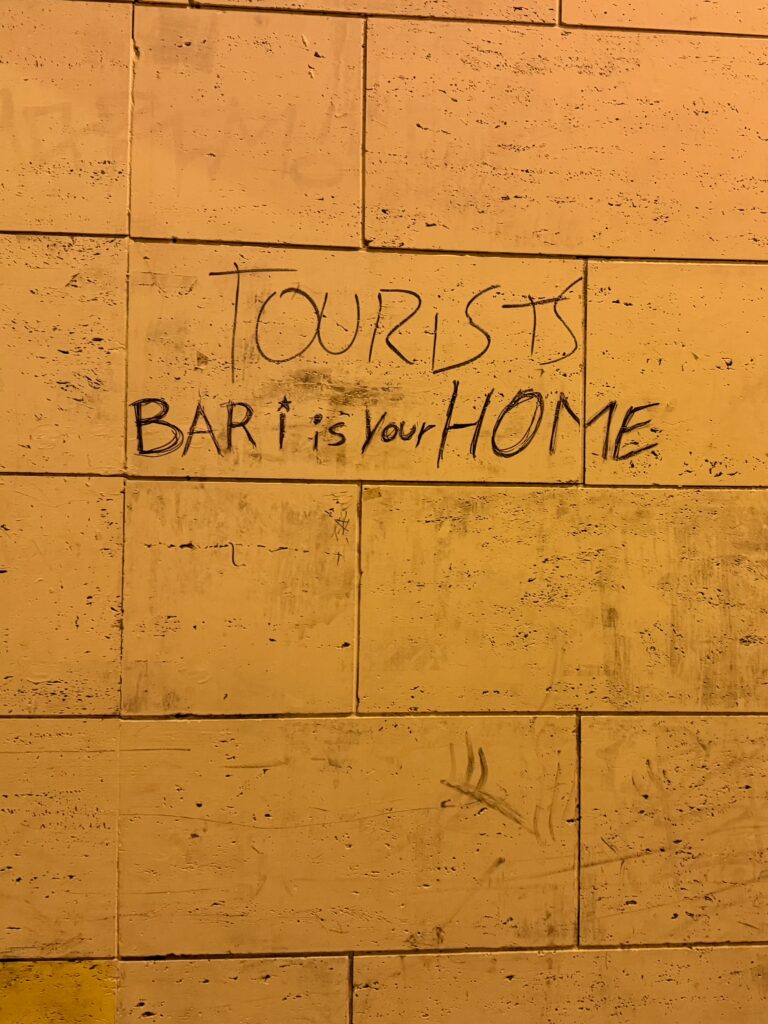
The Environment: Already Under Strain
We’re also thinking about what this means for Puglia more broadly. Bari isn’t an island. The flights from New York are being sold as a gateway to the entire region – from the marine reserves and olive groves of Salento to the dry-stone trulli of the Itria Valley, the beaches of Polignano, and the buzzing white city of Ostuni.
But our landscapes are fragile. Tourism – especially high-volume, poorly managed tourism – can wear them down fast. The luxury resort model (like Borgo Egnazia, chosen to host the G7) may be sustainable for a few, but it’s not scalable. Nor is it a blueprint for the kind of tourism we believe in.
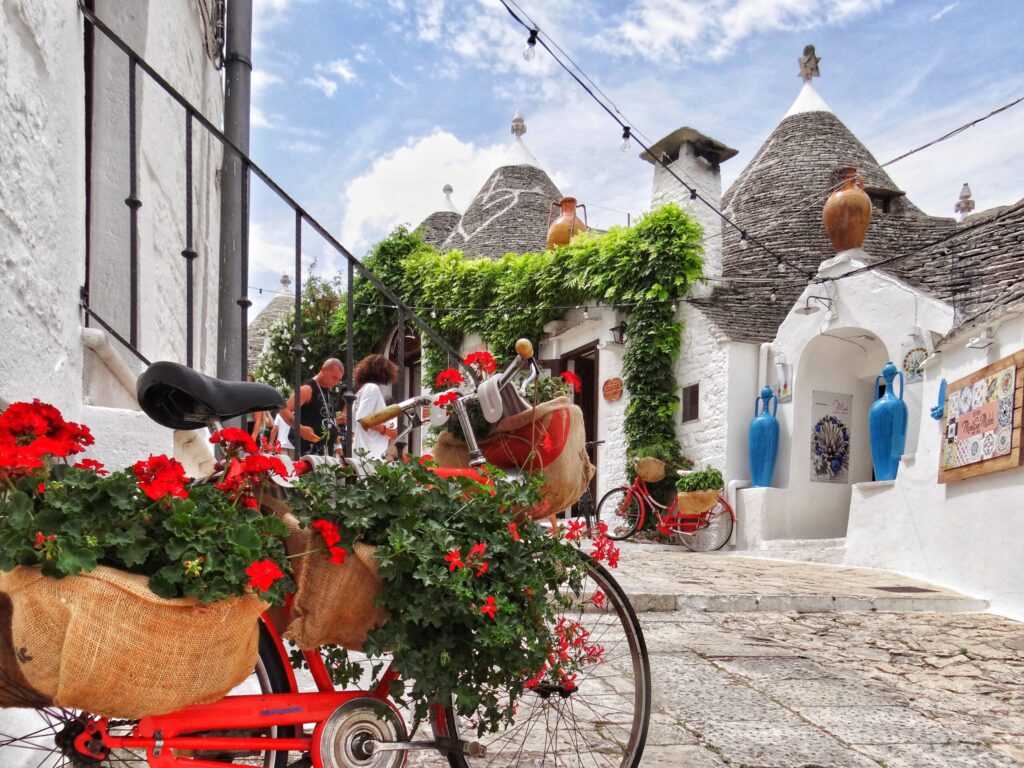
What Comes Next?
This new transatlantic connection marks a turning point. Our once-sleepy regional capital is stepping onto the global stage. The question is, will it try to become a new Florence or Venice – or will it stay true to itself? Can it grow without losing its soul? That’s the story we’ll be watching.
At Puglia Guys, we’ve always said that tourism is about people, not numbers. It’s about connection, not just convenience. And we hope that Bari can become a city that welcomes the world – without forgetting the people who never left.
Let’s hope it chooses wisely. As someone once said, “Be careful what you wish for…”


